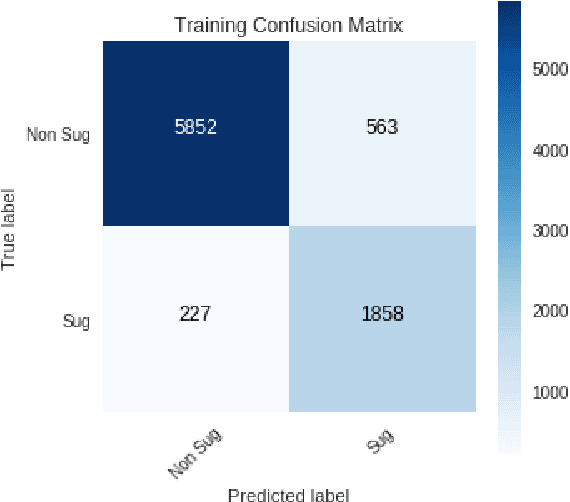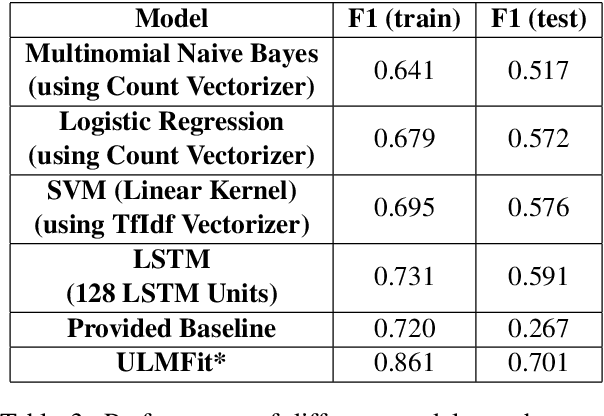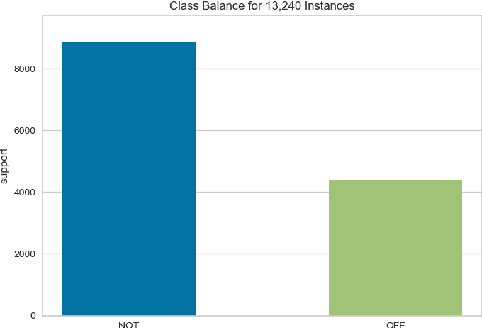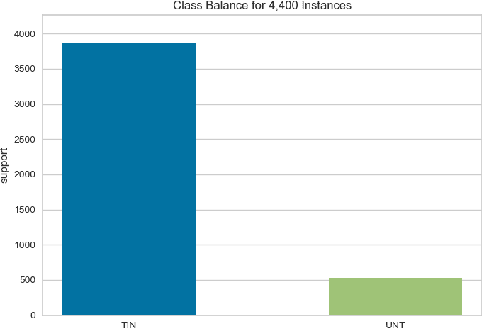Laiba Mehnaz
Improvements & Evaluations on the MLCommons CloudMask Benchmark
Mar 07, 2024



Abstract:In this paper, we report the performance benchmarking results of deep learning models on MLCommons' Science cloud-masking benchmark using a high-performance computing cluster at New York University (NYU): NYU Greene. MLCommons is a consortium that develops and maintains several scientific benchmarks that can benefit from developments in AI. We provide a description of the cloud-masking benchmark task, updated code, and the best model for this benchmark when using our selected hyperparameter settings. Our benchmarking results include the highest accuracy achieved on the NYU system as well as the average time taken for both training and inference on the benchmark across several runs/seeds. Our code can be found on GitHub. MLCommons team has been kept informed about our progress and may use the developed code for their future work.
GupShup: An Annotated Corpus for Abstractive Summarization of Open-Domain Code-Switched Conversations
Apr 17, 2021



Abstract:Code-switching is the communication phenomenon where speakers switch between different languages during a conversation. With the widespread adoption of conversational agents and chat platforms, code-switching has become an integral part of written conversations in many multi-lingual communities worldwide. This makes it essential to develop techniques for summarizing and understanding these conversations. Towards this objective, we introduce abstractive summarization of Hindi-English code-switched conversations and develop the first code-switched conversation summarization dataset - GupShup, which contains over 6,831 conversations in Hindi-English and their corresponding human-annotated summaries in English and Hindi-English. We present a detailed account of the entire data collection and annotation processes. We analyze the dataset using various code-switching statistics. We train state-of-the-art abstractive summarization models and report their performances using both automated metrics and human evaluation. Our results show that multi-lingual mBART and multi-view seq2seq models obtain the best performances on the new dataset
Suggestion Mining from Online Reviews using ULMFiT
Apr 19, 2019



Abstract:In this paper we present our approach and the system description for Sub Task A of SemEval 2019 Task 9: Suggestion Mining from Online Reviews and Forums. Given a sentence, the task asks to predict whether the sentence consists of a suggestion or not. Our model is based on Universal Language Model Fine-tuning for Text Classification. We apply various pre-processing techniques before training the language and the classification model. We further provide detailed analysis of the results obtained using the trained model. Our team ranked 10th out of 34 participants, achieving an F1 score of 0.7011. We publicly share our implementation at https://github.com/isarth/SemEval9_MIDAS
Identifying Offensive Posts and Targeted Offense from Twitter
Apr 19, 2019



Abstract:In this paper we present our approach and the system description for Sub-task A and Sub Task B of SemEval 2019 Task 6: Identifying and Categorizing Offensive Language in Social Media. Sub-task A involves identifying if a given tweet is offensive or not, and Sub Task B involves detecting if an offensive tweet is targeted towards someone (group or an individual). Our models for Sub-task A is based on an ensemble of Convolutional Neural Network, Bidirectional LSTM with attention, and Bidirectional LSTM + Bidirectional GRU, whereas for Sub-task B, we rely on a set of heuristics derived from the training data and manual observation. We provide detailed analysis of the results obtained using the trained models. Our team ranked 5th out of 103 participants in Sub-task A, achieving a macro F1 score of 0.807, and ranked 8th out of 75 participants in Sub Task B achieving a macro F1 of 0.695.
 Add to Chrome
Add to Chrome Add to Firefox
Add to Firefox Add to Edge
Add to Edge